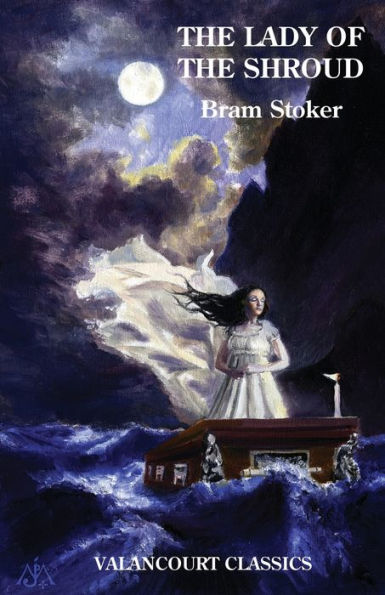A rarely-seen vampire novel from Bram Stoker, author of DRACULA. (This jacketless hardcover edition is intended for the library trade.)
1100404869
The Lady of the Shroud
A rarely-seen vampire novel from Bram Stoker, author of DRACULA. (This jacketless hardcover edition is intended for the library trade.)
22.99
Out Of Stock
5
1

The Lady of the Shroud
358
The Lady of the Shroud
358Paperback
(Not eligible for purchase using B&N Audiobooks Subscription credits)
$22.99
Related collections and offers
22.99
Out Of Stock

Product Details
| ISBN-13: | 9781934555781 |
|---|---|
| Publisher: | Valancourt Books |
| Publication date: | 07/25/2012 |
| Pages: | 358 |
| Product dimensions: | 5.50(w) x 8.50(h) x 0.89(d) |
About the Author
From the B&N Reads Blog
